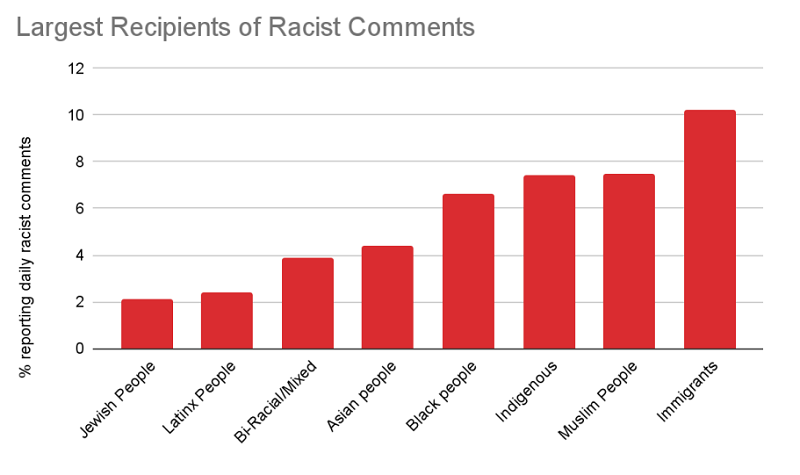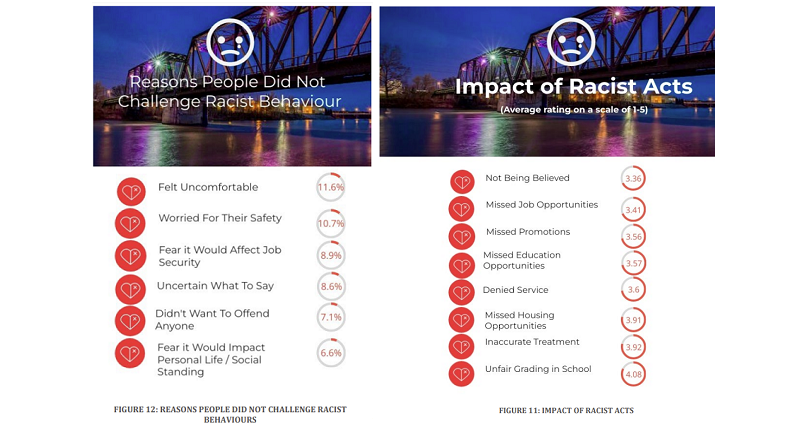
Report on racism in Red Deer shows a community divided
A research study entitled Understanding Racism in Red Deer is complete, and results show the community is split on the matter.
Conducted by Red Deer Local Immigration Partnership (RDLIP), a survey took place in March 2021, garnering feedback from 665 respondents.
“This is the first time our community has gathered data specific to the issue of racism. It is a very divisive issue, and that division is evident based on the results we gathered,” says Kristine Bugayong, interim program manager for RDLIP.
“Half of the respondents think that racism is worse or a lot worse in Red Deer, while half think that it’s either about the same compared with other communities or some think it is not happening at all. We are proud that we were able to gather this information as it paints a compelling picture of what the different realities of our community members are.”




